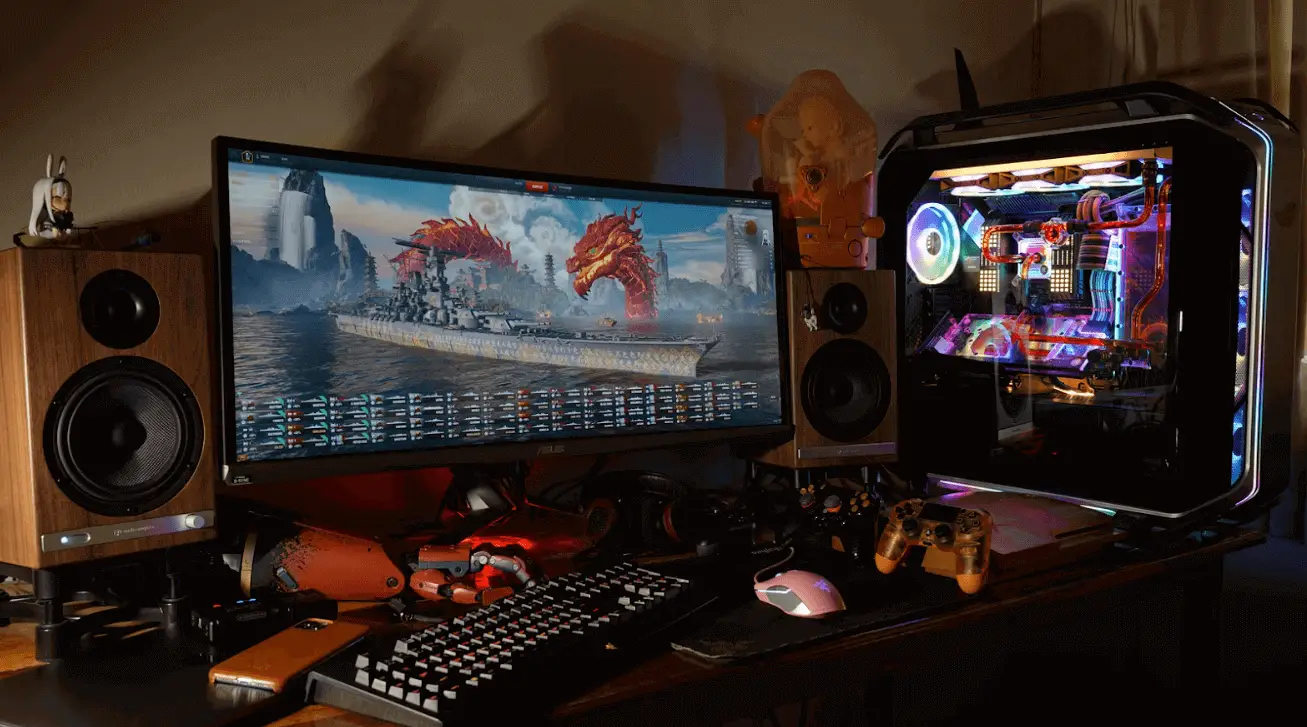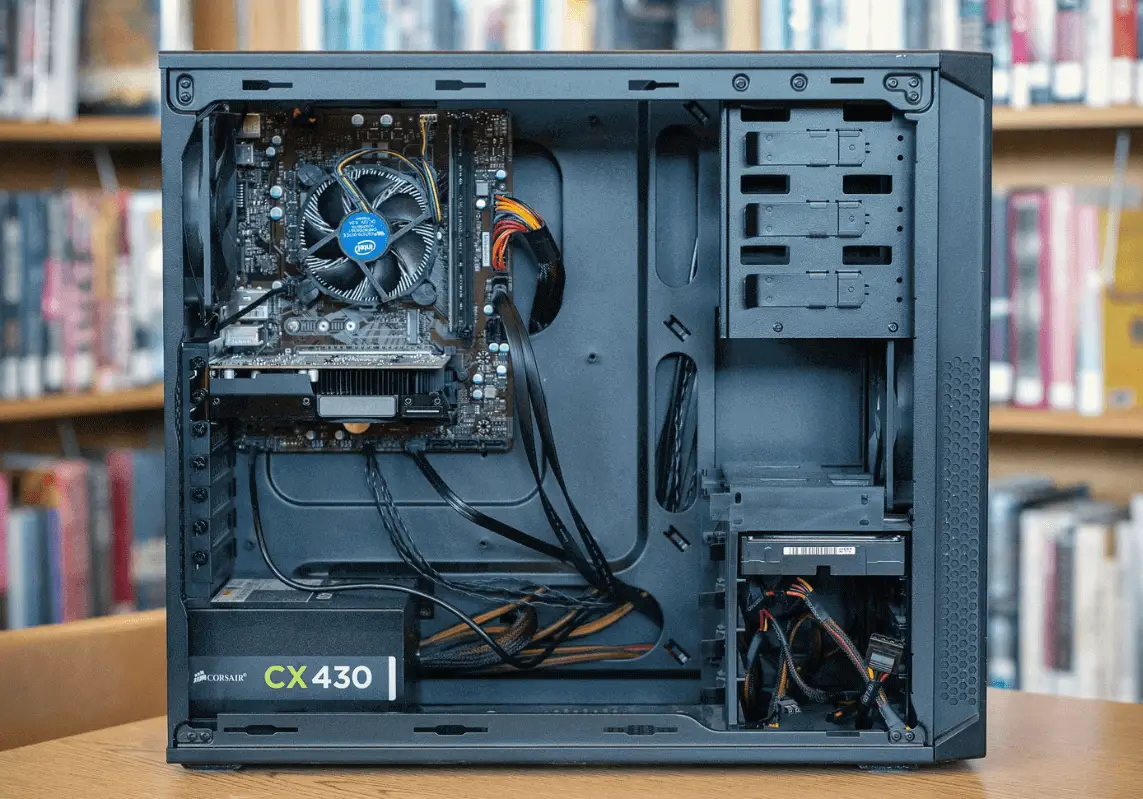Are you using an old computer that’s starting to slow down? Do you want to upgrade your system to take advantage of the latest hardware and software features? If so, then follow these four easy steps! Upgrading your computer doesn’t have to be difficult or expensive. In fact, with a few simple tools and some knowledge about your system, you can have your computer up and running like new in no time. Let’s get started!
Check Your CPU And Consider An Upgrade
One of the most important parts of your computer is the CPU. The central processing unit (CPU) is responsible for running all the software on your system. If your CPU is starting to feel slow, then it might be time for an upgrade. When shopping for a new CPU, you’ll want to consider the following factors: clock speed, core count, and cache size. Clock speed is the measure of how fast the CPU can process information.
Core count is the number of processing cores on the CPU. Cache size is the amount of memory that the CPU can access quickly. All three of these factors will affect the performance of your computer. If you’re not sure which CPU to buy, then you can always consult with a computer specialist. They’ll be able to help you find the right CPU for your needs.
It Might Be Time For More Storage
If your computer is constantly running out of storage, it might be time to upgrade. Having more storage will help your computer run more smoothly and efficiently. There are a few different ways you can add more storage to your computer. You can add an external hard drive, you can add solid-state drives, or upgrade the internal hard drives. If you’re not sure which option is best for you, consult a professional or do some research online.
Whichever route you choose, adding more storage to your computer is a relatively easy and straightforward process. With a little effort, you can have your computer running better than ever in no time.
One of the most common questions when it comes to upgrading storage is whether to choose an HDD or SSD. Both have their own advantages and disadvantages. HDDs are typically cheaper and have more storage capacity, but they’re also slower and use more power. SSDs are faster and use less power, but they’re more expensive and have less storage capacity.
A New GPU Is Sure To Boost Your Performance
If you’re looking for a significant performance boost, then upgrading your graphics card is a great place to start. A new GPU can not only improve gaming performance but also increase the frame rate and quality of other video-intensive applications. Not to mention, if you’re a creative professional working with video or graphic design, a better graphics card can speed up your workflow. But before you go out and buy a new GPU, there are a few things you need to keep in mind.
First, what kind of graphics card do you need? There are two main types of GPUs on the market: AMD and Nvidia. Both offer great performance, but it’s important to pick the right one for your needs. If you’re a gamer, then you’ll want to focus on Nvidia cards. For creative professionals, AMD GPUs tend to offer better value.
Once you’ve decided on which brand you want, it’s time to pick a card. The most important thing to look at is the card’s VRAM (or video RAM). This is the memory that’s used to store graphics data, and it’s important to have enough VRAM for high-resolution textures and complex effects. For gaming, a minimum of four GB VRAM is recommended. For creative work, six or eight GB VRAM should be sufficient.
Add More RAM
Adding more RAM is one of the most effective ways to improve your computer’s performance. More RAM allows your computer to store more information and access it more quickly, which can help speed up everything from boot time to application load times. If you’re using an older computer with only a few GB of RAM, upgrading to even just double that amount can make a noticeable difference in performance.
To upgrade your RAM, you’ll need to open up your computer’s case and locate the RAM slots (they will look like long, thin sockets). If you’re not sure how to do this, consult your computer’s manual or look up a tutorial online. Once you’ve located the RAM slots, simply insert the RAM modules into the slots and secure them in place. That’s it! Your computer will now have more RAM and should be able to run more smoothly as a result.
That’s it! These four easy steps will help you upgrade your computer and improve its performance. Whether you’re looking to add more storage, boost your graphics, or simply add more RAM, following these steps will get you on the right track. So what are you waiting for? Get started today and see how much of a difference upgrading your computer can make.



